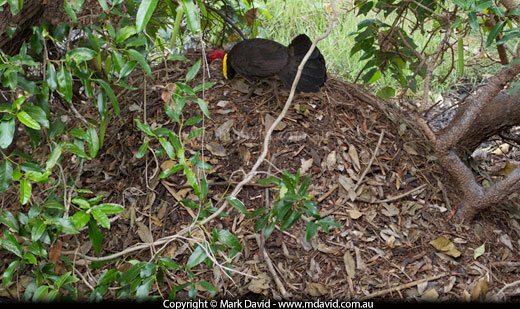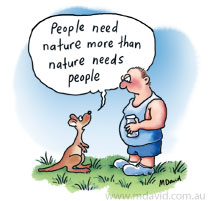
You’ve just got to admire Brush Turkeys. They’re big birds. They conveniently hang around on ground level where they’re easier to see, and they make an amazing nest.
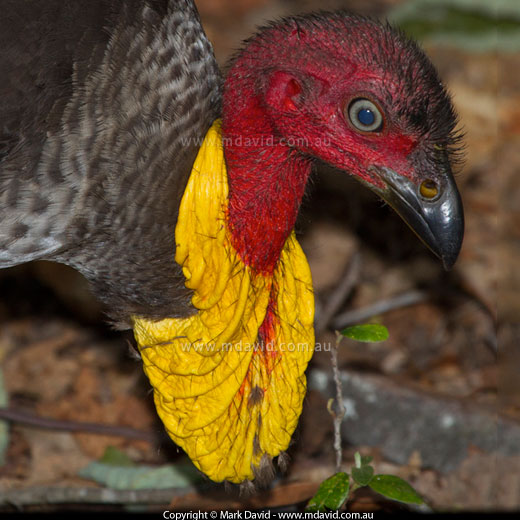
Brush Turkey
I’ll never forget my first visit to Noosa. As soon as I got there I headed for the national park and within minutes was happy to discover a wild Brush Turkey (Alectura lathami) in the rainforest. I felt proud of my nature-finding skills. Then I went down to busy Hastings Street with its shops and tourists and got a better idea about how clever I’d really been. It turned out that Brush Turkeys were everywhere, wandering the street, strolling down the footpath and even pausing by cafes. In fact the birds were so common that some of the locals were tired of them wrecking their gardens.
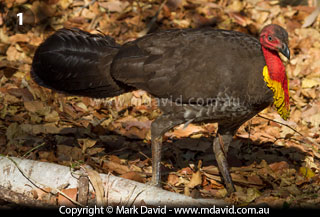
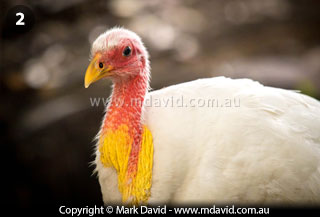
1: Male Brush Turkey photographed in breeding season 2: A very unusual white specimen. The black eye on this bird reveals that it is not an albino, so the white plumage is probably caused by it being leucistic.
The truth is that these birds are more common in the steamy northern rainforests than the cooler, drier areas down south. But the sheer numbers of the birds there still surprised me.
Brush Turkeys are ground-dwelling birds although they can fly if they need to. In the bush you’ll see them scratching around the damp ground looking for insects, fruit and seeds. Towards dusk you might see them flying up to roost overnight in a tree.
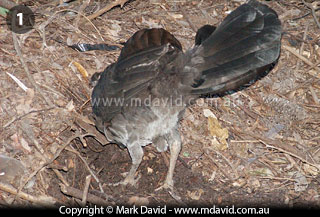
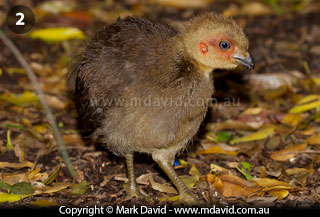
1: The male plunges his head into the nest to determine the internal temperature 2: A young Brush Turkey
What do they look like?
Brush Turkeys are big black birds, about 70 cm long with a red head and neck. At the base of the neck there’s a frilly yellow bit (bigger and more noticeable in the male). The tail is black and flattened into a vertical plane like a ship’s rudder. Very occasionally people see a white Brush Turkey. I don’t know if those birds are albinos or not.
Where do you find them?
They live along a mainly coastal strip from about Sydney to the northern-most tip of Queensland on Australia’s east coast. They used to be more widespread but the clearing of rainforests, plus people shooting them illegally, have reduced their range.
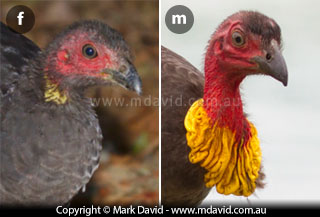
The female (f) has a smaller collar than the male (m). The female also has a thicker covering of feathers around her neck.
